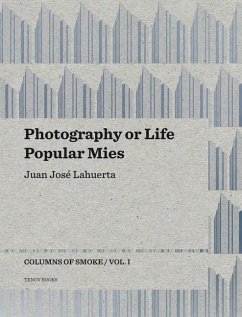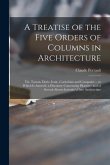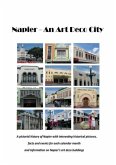'Photography or life' and'Popular Mies'make up the first volume of"Columns of Smoke," a collection of essays which review the bases on which modernity has been constructed. Contrasting the canonical images of the history of twentieth-century architecture with anonymous graphic materials or pictures from the popular press, Lahuerta creates an illuminating dialogue that dismantles stereotypes by revealing a less perfect but more plausible idea of modernity. Pointing a camera at a building is not natural (innocent/unconscious); rather it involves making decisions that are closely related to the meaning of architecture. Juanjo Lahuerta makes this clear in his analyses of, inter alia, the photographic gaze of Loos and Le Corbusier, whose irreconcilable approaches represent radically opposed ways of understanding architecture and life. Furthermore, scrutiny of the snapshots of Walter Gropius's Bauhaus building taken by teachers and students can also lead us to unexpected insights into the construction of the myths associated with the Dessau school. Using this same method, Lahuerta's analysis of the photographs of his works that Mies commissioned and published shows us how much the architect was influenced not only by Stieglitz and Camera Works but also by the popular tropes of a mass culture that included zeppelins, the music hall, X-rays and fantasmagorical gadgets. At the same time, in their portrayals of Mies's work the press and anonymous photographers situated it in a popular context that provides the necessary counterpoint to conclude the account of a modernity that can no longer be thought of as heroic."
Bitte wählen Sie Ihr Anliegen aus.
Rechnungen
Retourenschein anfordern
Bestellstatus
Storno








